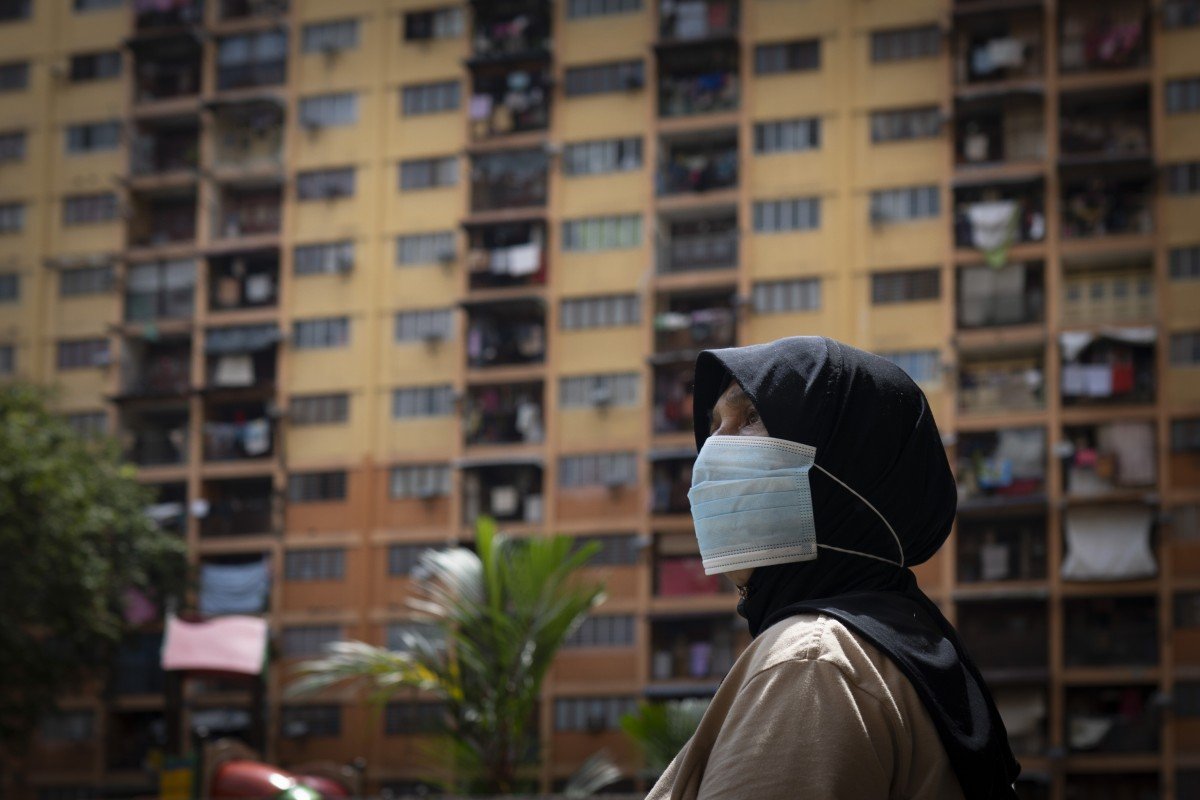COVID-19: The Necessity Of Planning A Good Exit Strategy For Malaysia
The exit strategy also does not mean going back to business as normal. We need to do our part by adopting the new norms and remain committed to working together to restore the public health safety and the economy of our country.
While the conditional movement control order (CMCO) is still in progress, we hope the government can come up with a plan for a successful exit strategy at the earliest possible moment
This should not be delayed, as the ideal time to prepare, draft, and formulate a successful exit strategy is while waiting for the rakyat to adapt to the new norms.
That will also prevent the government from making the wrong decisions for the nation's well-being as well as boosting our economic performance immediately.
According to Michael Baker, Professor from the Department of Public Health at the University of Otago in New Zealand, the relaxation of restrictions must occur in tandem with good border control, fast case identification, and contact tracing, extensive monitoring, back-up surveillance systems, and quarantine.
New Zealand is one of the countries eligible to be exemplified because the country has a high degree of public participation that contributes to a relatively cohesive system of public health.
Although there is still inadequate public cooperation in Malaysia and our public health system is not as great as New Zealand, we still need to emulate how the country prepared for their "elimination strategy"
The main reason is to allow the country to rebuild its domestic economy more rapidly and to avoid the pain of a long period of lockdowns as cases increase and are brought back under control.
In the meantime, based on the Australian experience, the country has also considered three issues before restrictions can be lifted – a more rigorous monitoring system, industrial contact tracking, and better local response capabilities.
The exit strategy also does not mean going back to business as normal but it is a more flexible version of lockdown which means that certain companies must remain closed and people must still stay at home unless working or making important trips.
The government also needs to be careful on choosing the perfect timing to implement the exit strategy as we should do this by reviewing our current performance on combating the virus by also reviewing on how other countries are dealing with this.
This is because people will not want a delay in implementing the approaches as soon as the CMCO is lifted.
The exit strategy would also require that people adopt the new standards effectively and that businesses make several shifts in the business landscape for their sustainability and potential growth
The new norms or what we call the standard operating procedure (SOP) would include the practice of social distancing, hand-washing practices, use of hand sanitisers, and wearing face masks while in public places as well as other socially responsible initiatives to curb COVID-19 dissemination.
According to KPMG, there are seven forms of shifting the business landscape – the shift towards globalisation, digitalisation, "cash is king" for businesses, variable cost models, building sensing, and tower control capabilities, maintaining proper supply chains and building agility.
Health director-general Dr Noor Hisham Abdullah stated CMCO has shown some signs of progress as we have managed to keep our regular cases to two-digit before Hari Raya Aidilfitri.
He also claimed if the public followed the government's SOP on the COVID-19 pandemic, local transmission cases would be expected to be lowered.
The associated authorities, therefore, need to work with the Ministry of Health (MOH) to prepare for a successful exit strategy without further delay by considering many important criteria including people's compliance rates against the SOP.
There are also six criteria for the World Health Organization's (WHO) exit strategy to be considered which are:
— Transmission of the COVID-19 is under control
— Health systems can detest, test, isolate, and quarantine all cases and trace all contacts
— Hotspot risks are minimised
— Physical distance and hand washing are practised
— New import cases are controlled, and
— Societies agree to live in a new normal.
This is because we know that putting the new norms into practice would be a cultural shock for people. After all, some people are still too familiar with the old practices even though it is easy to adapt.
Some people are also unable to accept the reality that people have to live with COVID-19 and even experts believe that the virus is likely to become an endemic disease such as flu, HIV, or chickenpox.
Although the daily COVID-19 cases in Malaysia have recently reached three digits, this does not mean we do not have to consider preparing for the exit strategy because our local cases are still in two digits.
This CMCO has also left Malaysians with the question mark as some find it part of the exit strategy but Dr Noor Hisham stated that we are still under CMCO and we have not entered the exit strategy phase yet. Thus, the rakyat has to be in charge of working together to contain the virus successfully by trusting the government and following the SOP.
We must also believe that our dedication would help to reduce the burden of our beloved frontliners and also to ease the challenges of the government during this tough moment.
Therefore, as the government is busy preparing for the SOP and planning for the exit strategy, we need to do our part by adopting the new norms and remain committed to working together to restore the public health safety and the economy of our country.
This story is the personal opinion of the writer. You too can submit a story as a SAYS reader by emailing us at [email protected].

